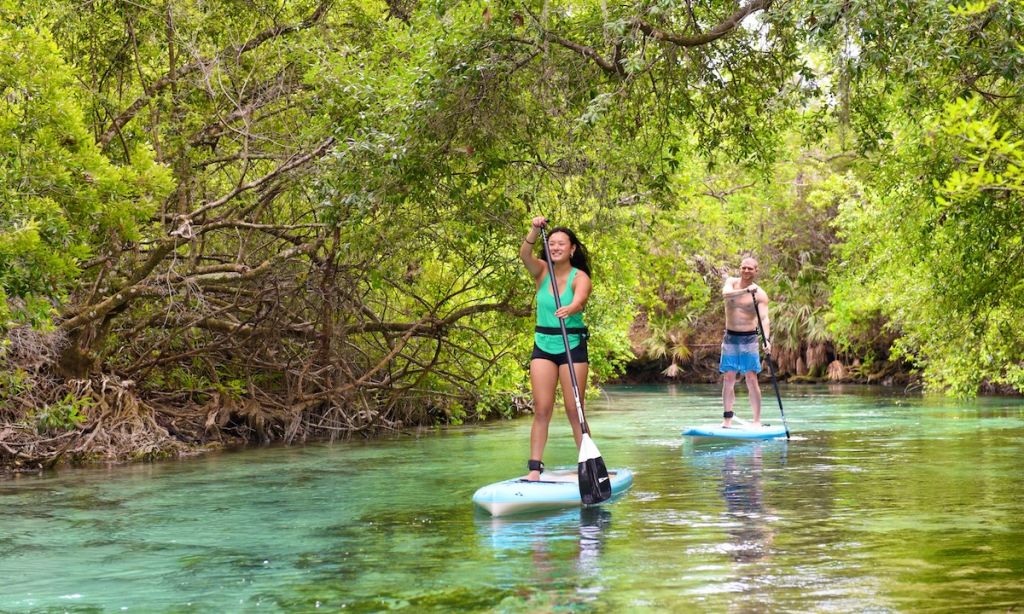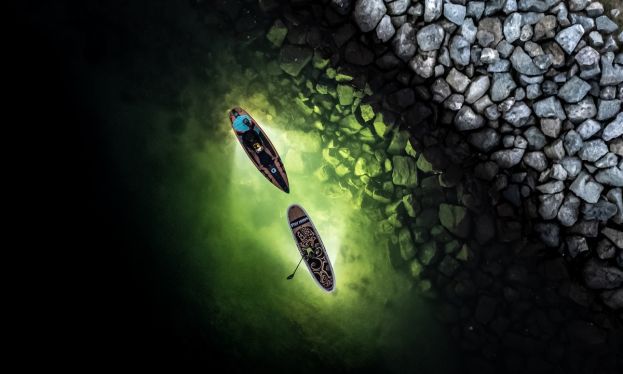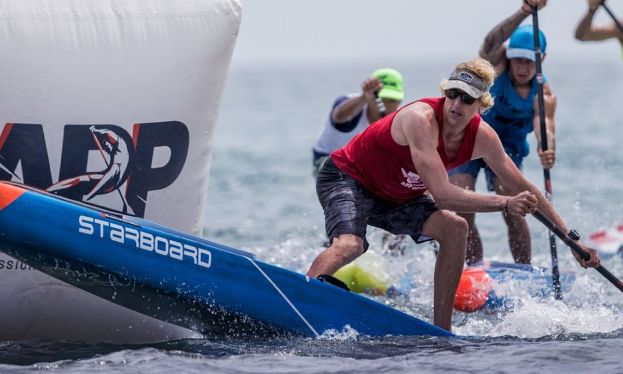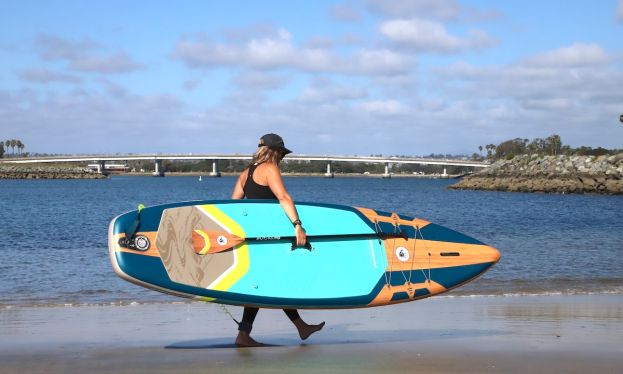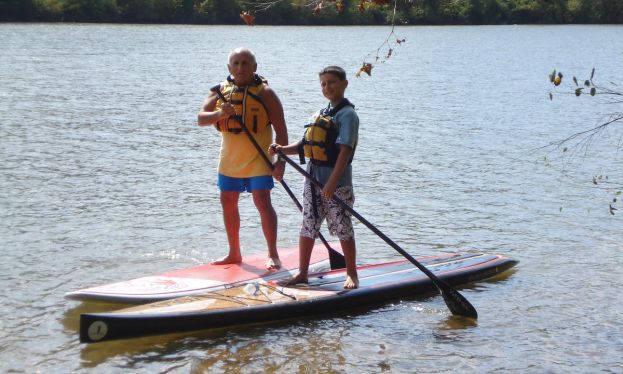7 Safety Tips for Stand Up Paddle Boarding
- Written by Staff
- Published in Tips
- Comments::DISQUS_COMMENTS
SAN DIEGO, California - We often talk about the fun aspects of the SUP lifestyle, but enjoying the ocean, rivers, lakes and other bodies of water doesn't come without its share of risks. Today we're going to cover 7 tips that go a long way towards making your time paddling safer for you and others.
1. Watch Out For Others
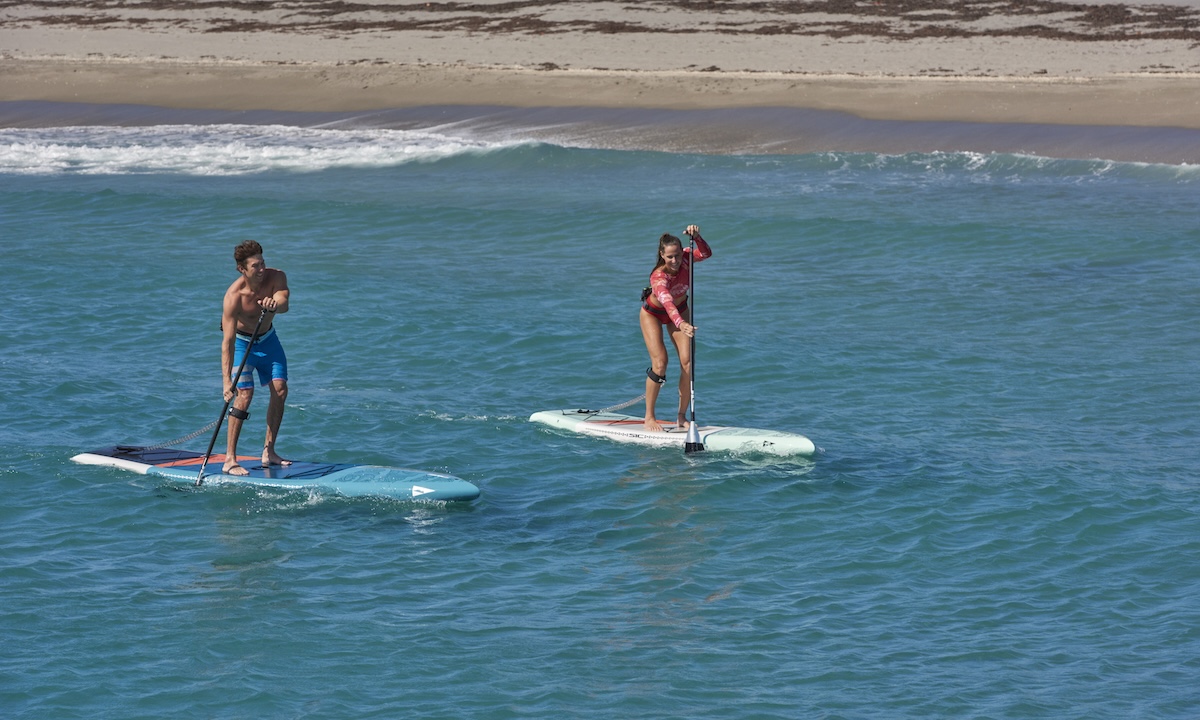 Photo courtesy: SIC Maui
Photo courtesy: SIC Maui
Paddleboarding in a crowded lineup requires awareness and respect for others. Always keep an eye on those around you to avoid collisions and ensure everyone's safety. If you see someone struggling or in danger, offer assistance or alert others. Maintaining a friendly, cooperative attitude not only creates a safer environment but also fosters a sense of community on the water. Remember, we’re all out there to enjoy the waves—looking out for one another helps everyone have a great time!
2. Wear Sunscreen
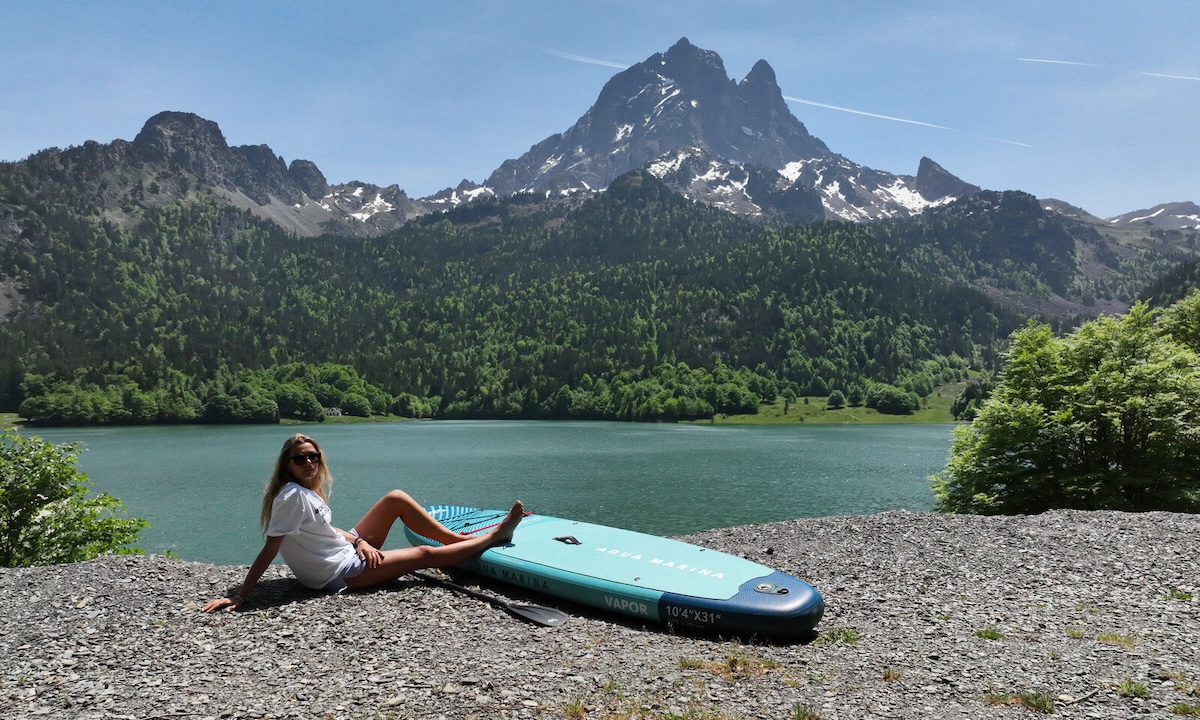 Photo courtesy: Aqua Marina
Photo courtesy: Aqua Marina
Skin cancer is no joke. Being in the sun for hours on end puts your health at risk if you're not wearing good sunscreen and covering up your pasty bits when during the hottest parts of the day. It doesn't even need to be sunny for you to get burned - overcast days are just as risky because of the sun's glare that reflects off water.
Not to be a downer, but the sun's dark side is simply a very serious reality that we all have to face and take precautions against. According to skincancer.org, in the last three decades more cases of skin cancer have been diagnosed than all the others combined. Skin cancer kills more paddlers than sharks, big waves and accidental drownings. The only thing more dangerous than not taking precautions against skin cancer is driving blindfolded or drunk to the beach.
3. Tell Someone Where You're Going
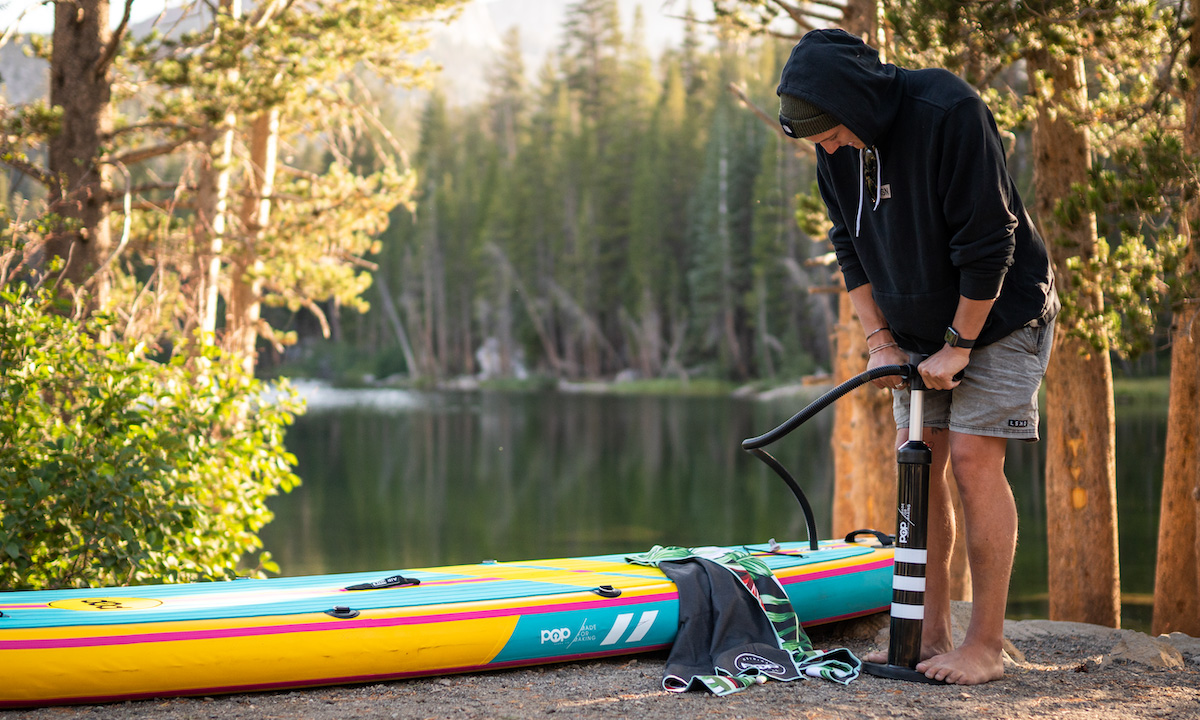 Photo courtesy: POP Board Co.
Photo courtesy: POP Board Co.
Going for a morning or evening session by yourself is good for the soul - sometimes you just need distance from people, work, traffic and all the periphery stuff that clutters our lives on land. But don't disappear without letting someone know where you're going. Even the most accomplished paddlers can get into trouble on the water. It sounds a bit dramatic (especially if you're going for a paddle in a flat bay where other people can see you), but it's a good habit to get into and your family will thank-you on days when the water is so nice or the waves are so good that your quick session turns into a marathon.
4. Use A Leash
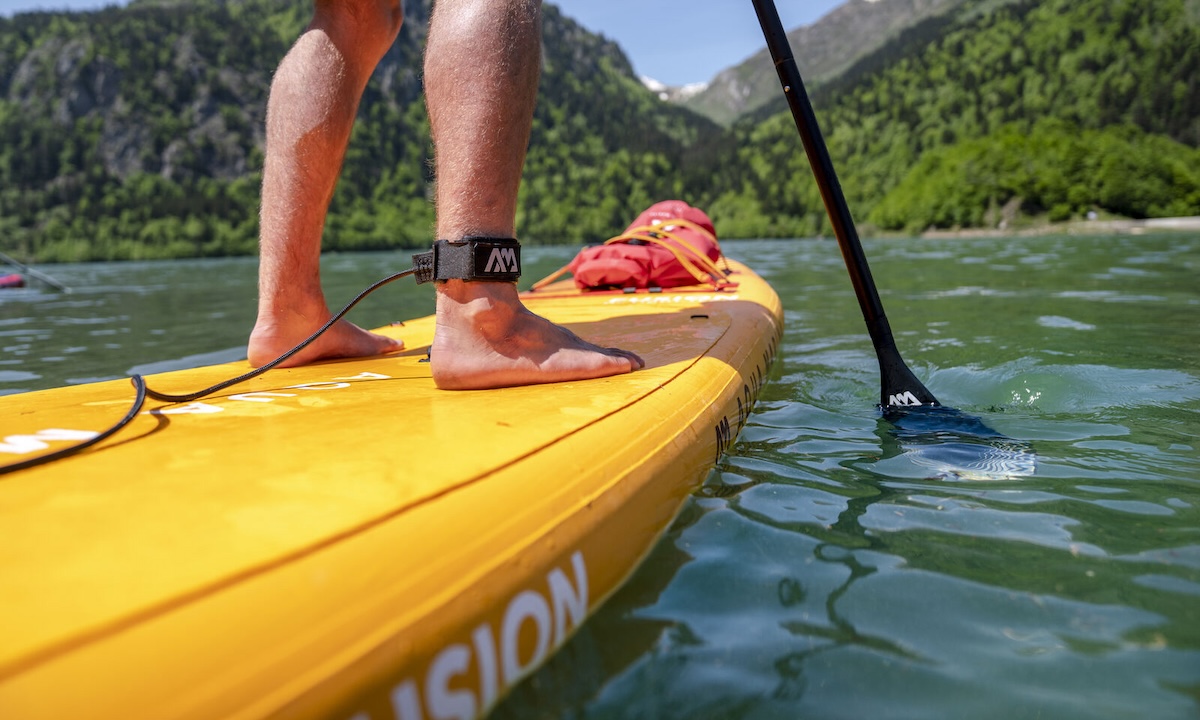 Photo courtesy: Aqua Marina
Photo courtesy: Aqua Marina
Everybody falls. No exceptions. A leash is vital for all paddlers whether you're a SUP surfer, river surfer, beginner paddlers and weak swimmers. In the ocean, it'll save you from swimming back and forth way too many times and it'll save others from being steamrolled by your board in the process.
5. Wear A PFD & Helmet When Appropriate
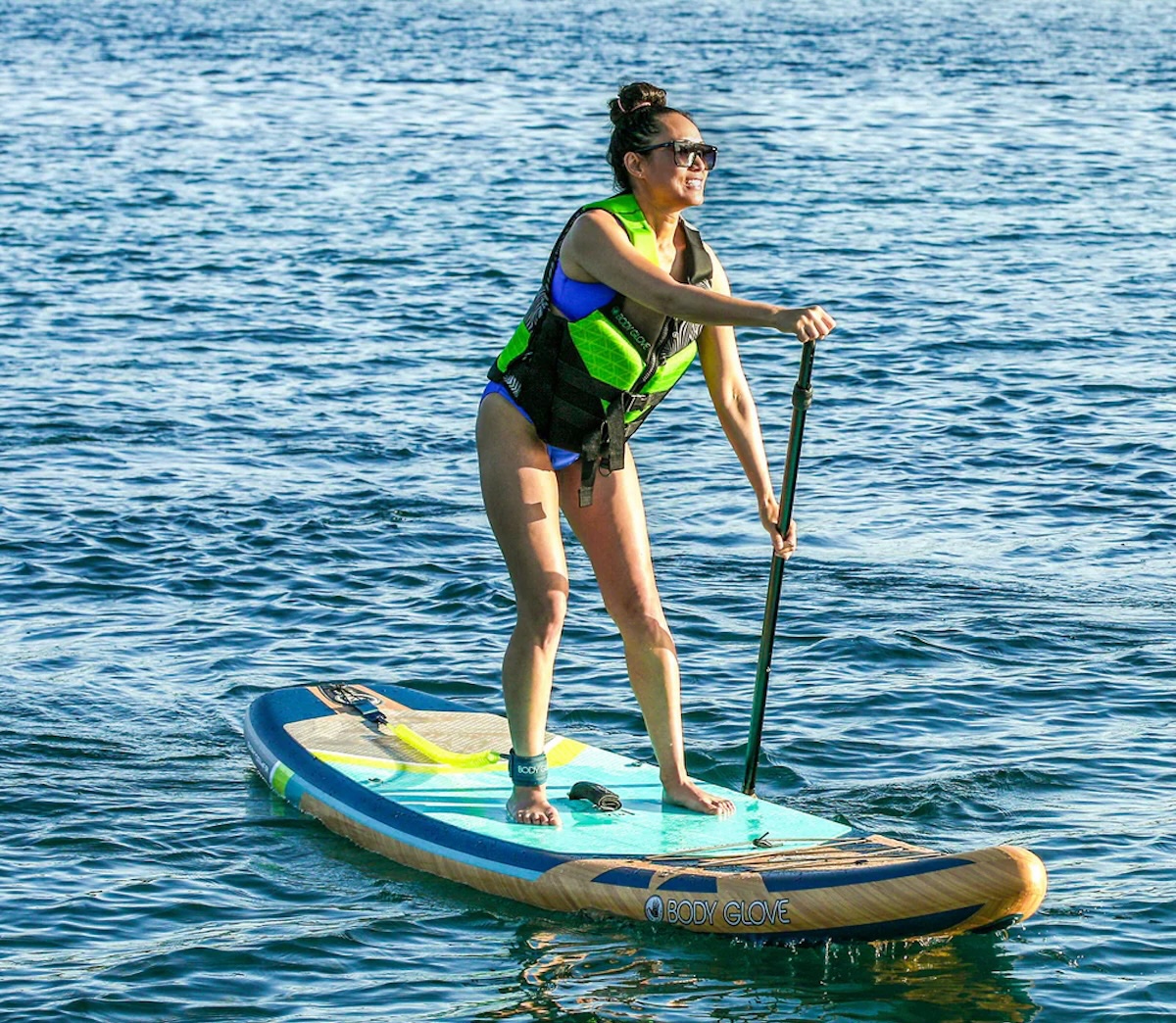 Photo courtesy: Body Glove
Photo courtesy: Body Glove
PFD's (personal flotation devices - or life jackets if you're from the southern hemisphere) have come a long way since the days of bulky orange vests that looked as cool as a neon fanny pack. What hasn't changed is the sentiment behind wearing one. If the conditions are dangerous enough to warrant one, don't be a fool - wear one.
6. Know The Elements - Rip Currents and Tidal Changes
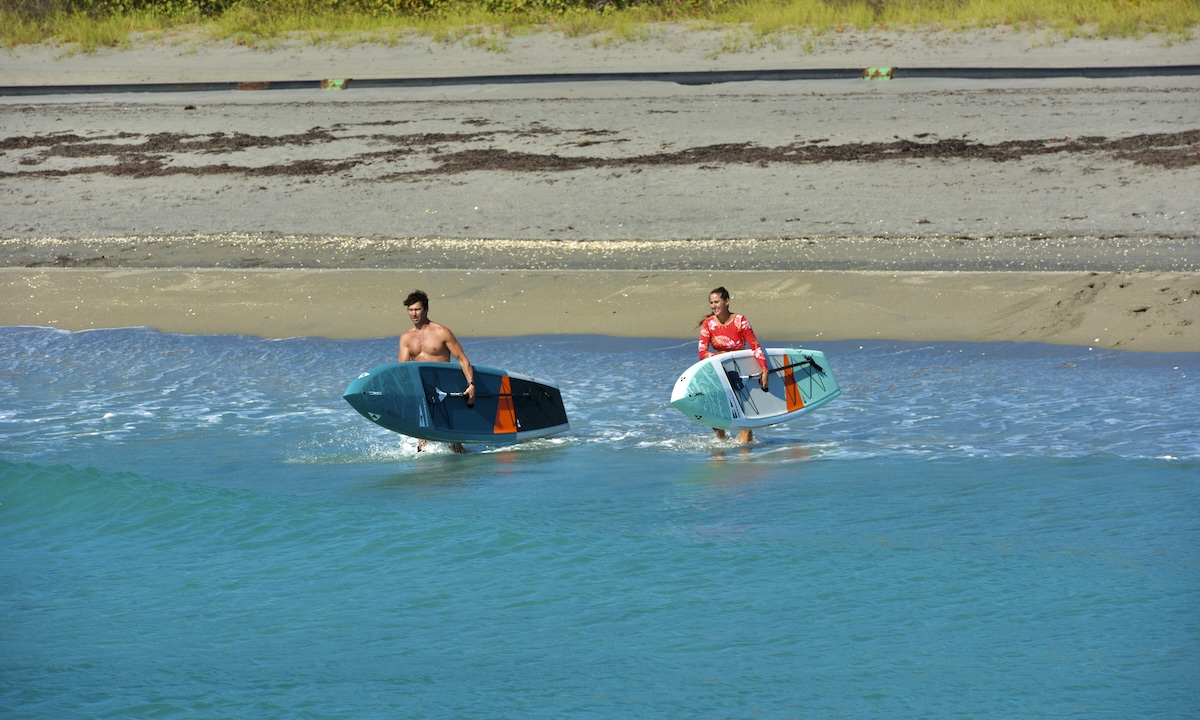 Photo courtesy: SIC Maui
Photo courtesy: SIC Maui
Whether you're paddling in the ocean or a river, it's important to know where rip currents are forming and what direction the water is moving. People who've grown up on the coast and know the ocean well might not appreciate this as much, but getting stuck in a rip can be pretty scary if you don't know where you'll end up. People who get scared end up trying to paddle against the power of the ocean, which is like getting into an arm wrestling match with God, and end up in a flat panic. It's a recipe for disaster. This can all be avoided by sussing out the conditions before you get into the water.
If the waves or rapids are big, don't be too proud to stay out of the water. Water is our best friend, but it's a respectful relationship that has very clear boundaries we can only push once we're comfortable and informed. At the same time, be aware of the water and air temperature, and follow this up by wearing appropriate gear to regulate your body temperature.
7. Don't Be Scared To Ask Questions
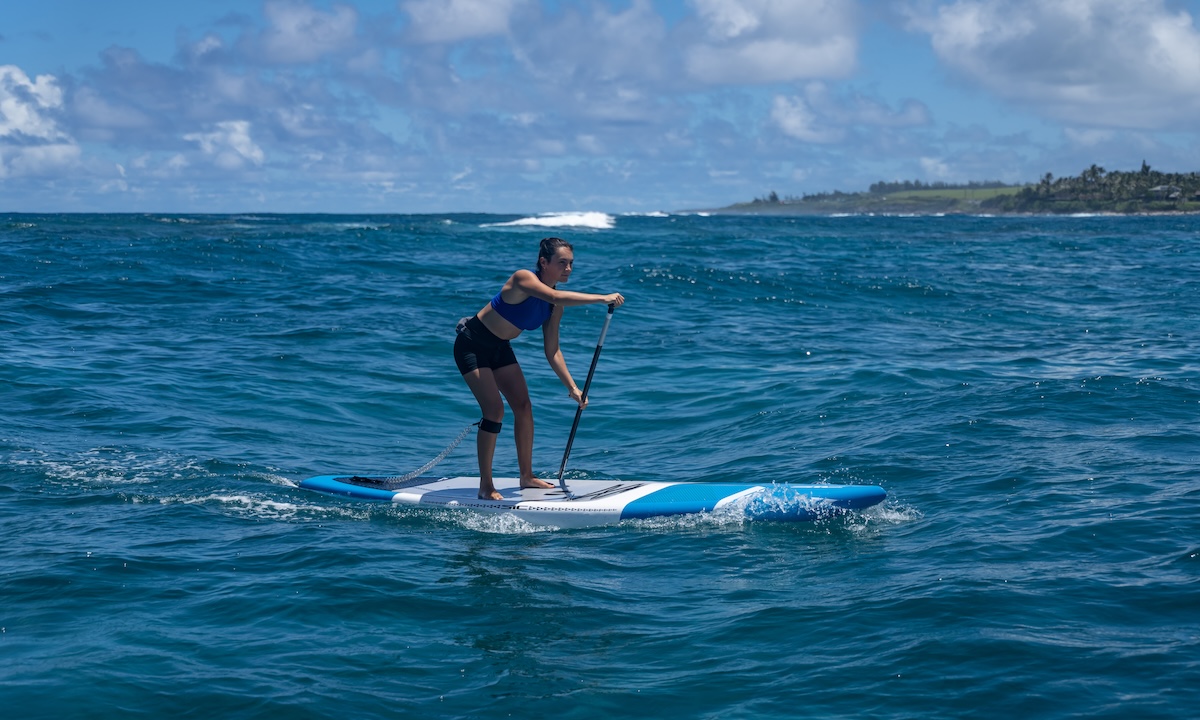 Photo: SIC Maui
Photo: SIC Maui
Whether you're new to paddleboarding or trying out a new spot, asking questions can save you from potential mistakes and enhance your experience. Don’t hesitate to approach more experienced paddlers or locals for advice on conditions, etiquette, or safety tips. Most people are happy to share their knowledge and help you feel more confident on the water. Remember, curiosity is a strength—asking the right questions can make your paddleboarding journey safer and more enjoyable!
For more SUP tips, click here.
© Copyrighted & Exclusive SupConnect.com Content.

Staff
Submit your news, events, and all SUP info, so we can keep promoting and driving the great lifestyle of stand up paddling, building its community, and introducing people to healthier living.
Website: supconnect.com Email This email address is being protected from spambots. You need JavaScript enabled to view it.
